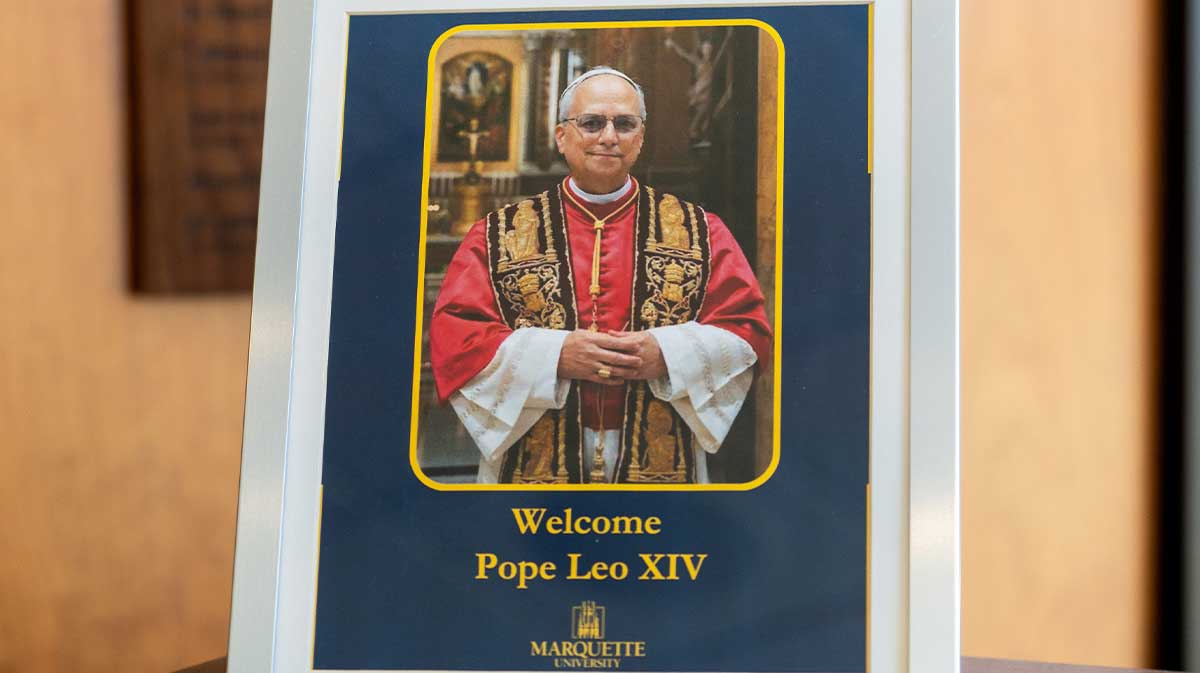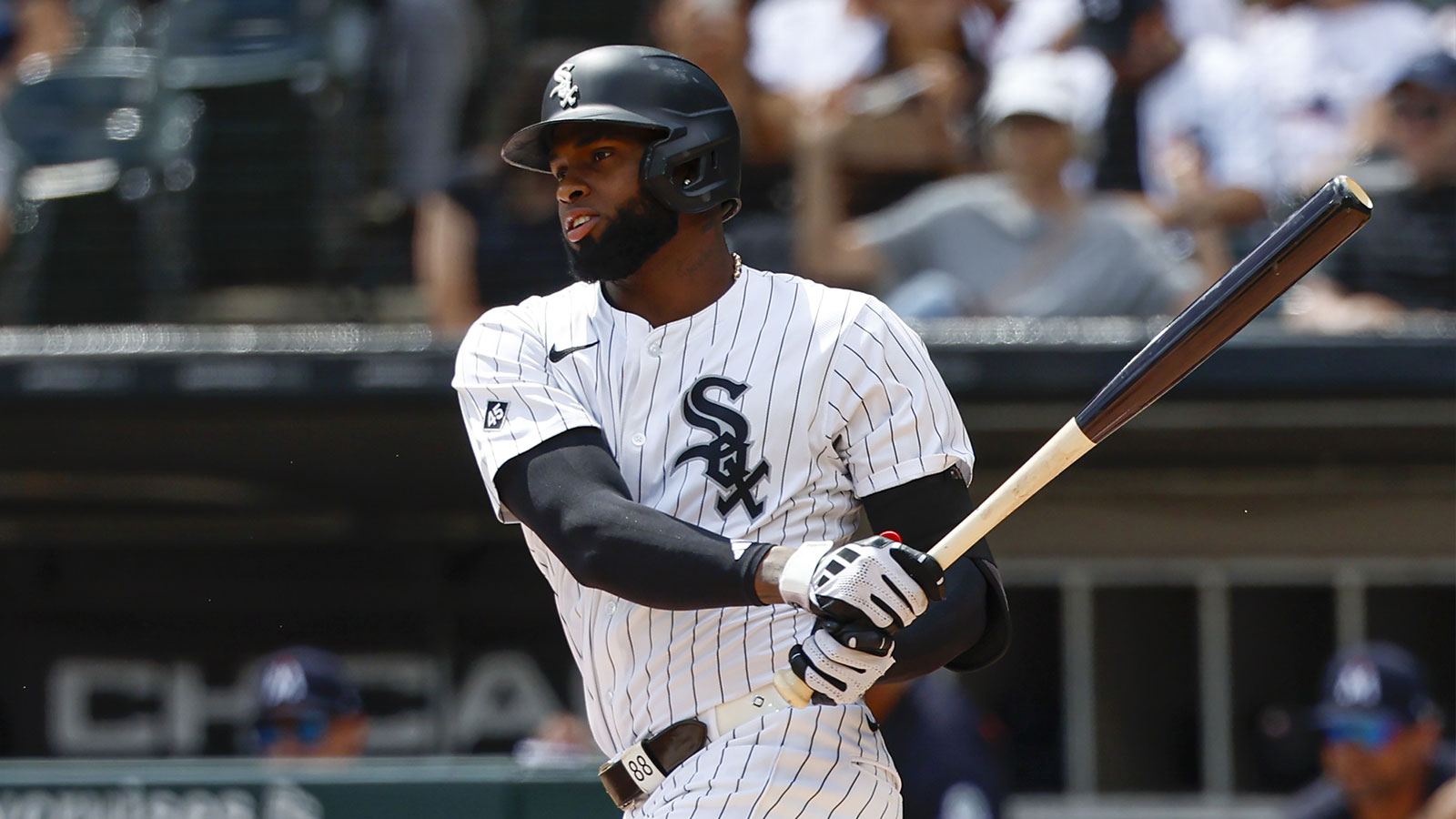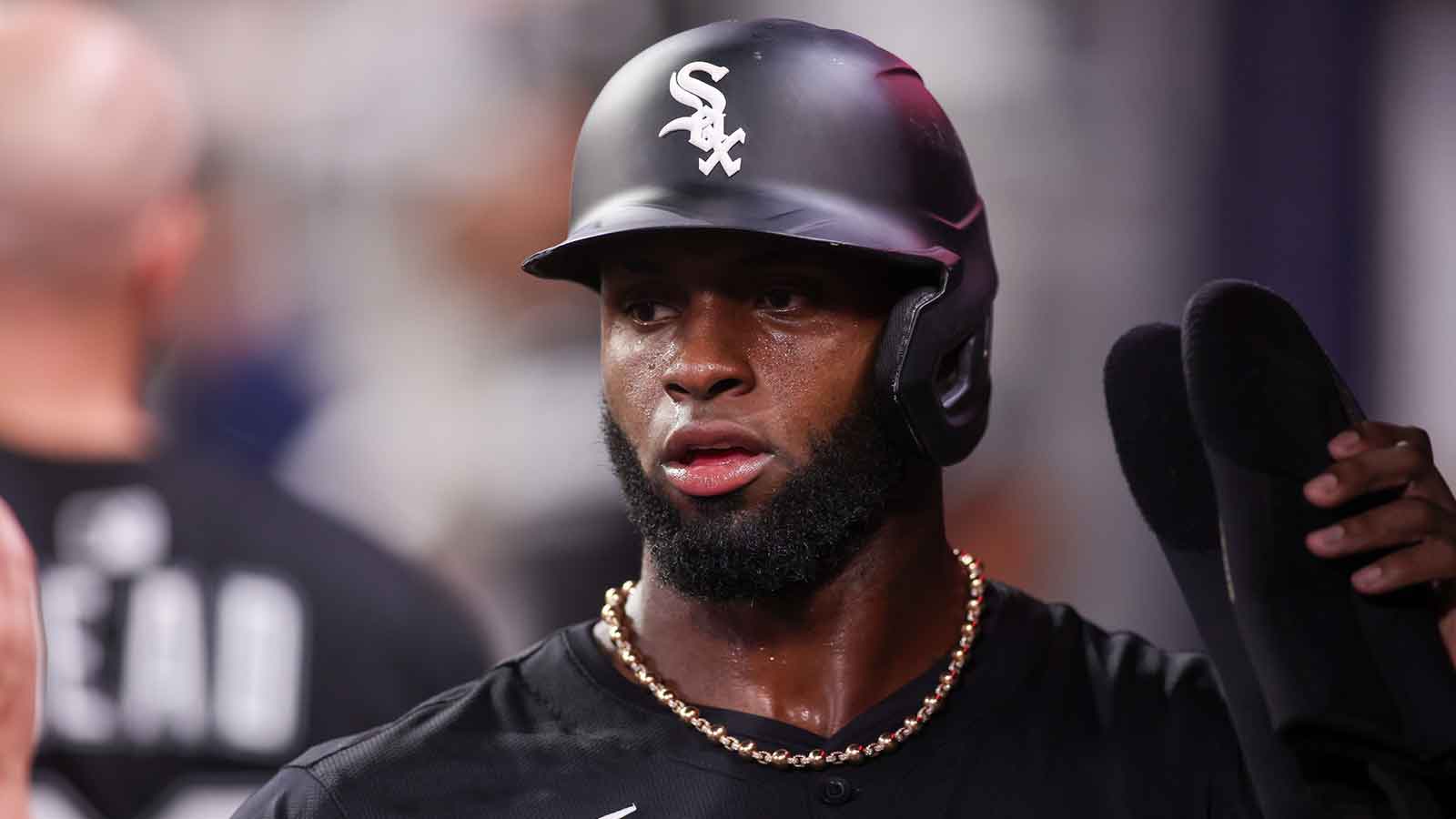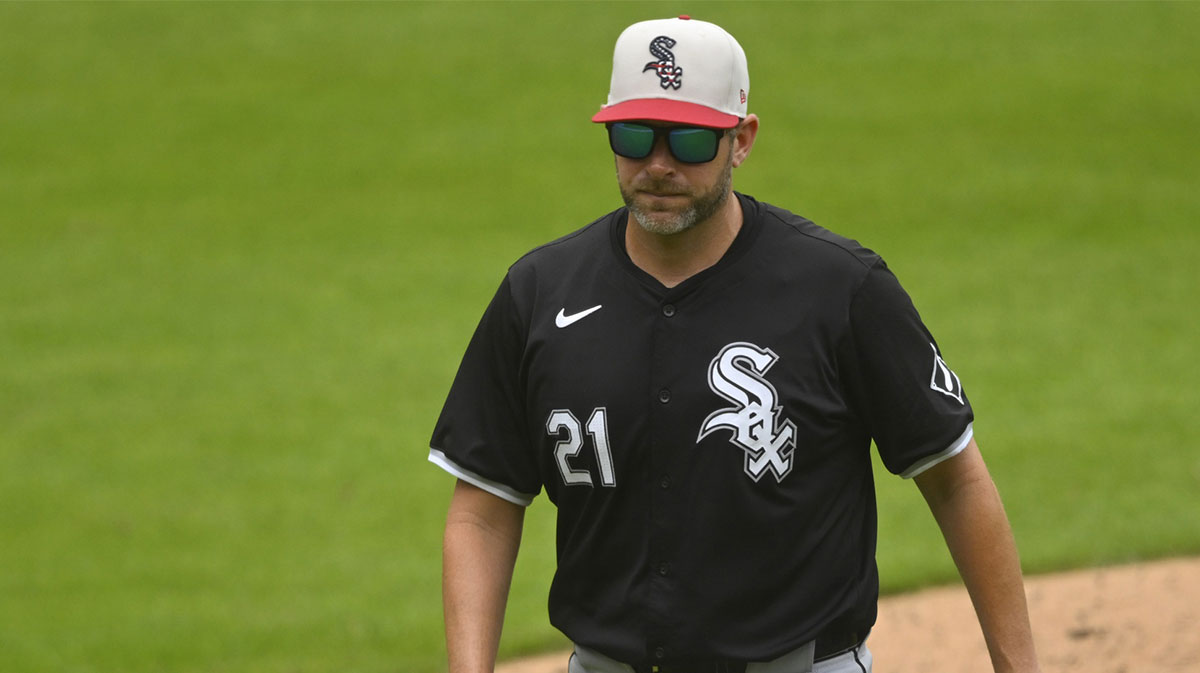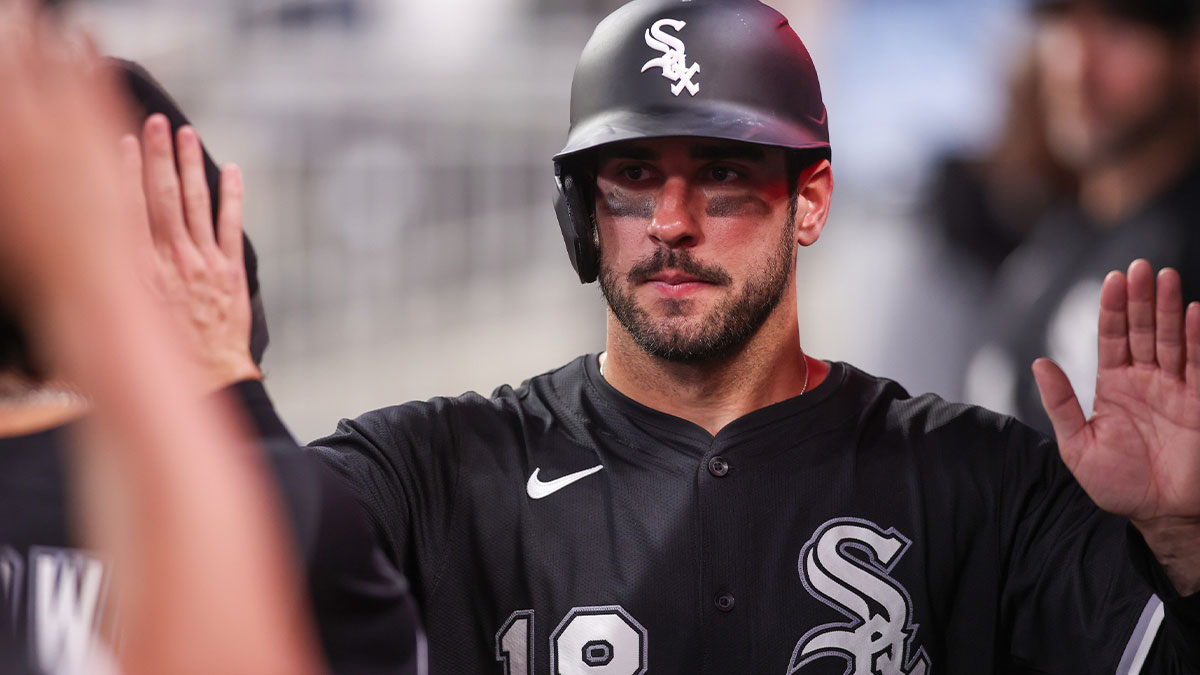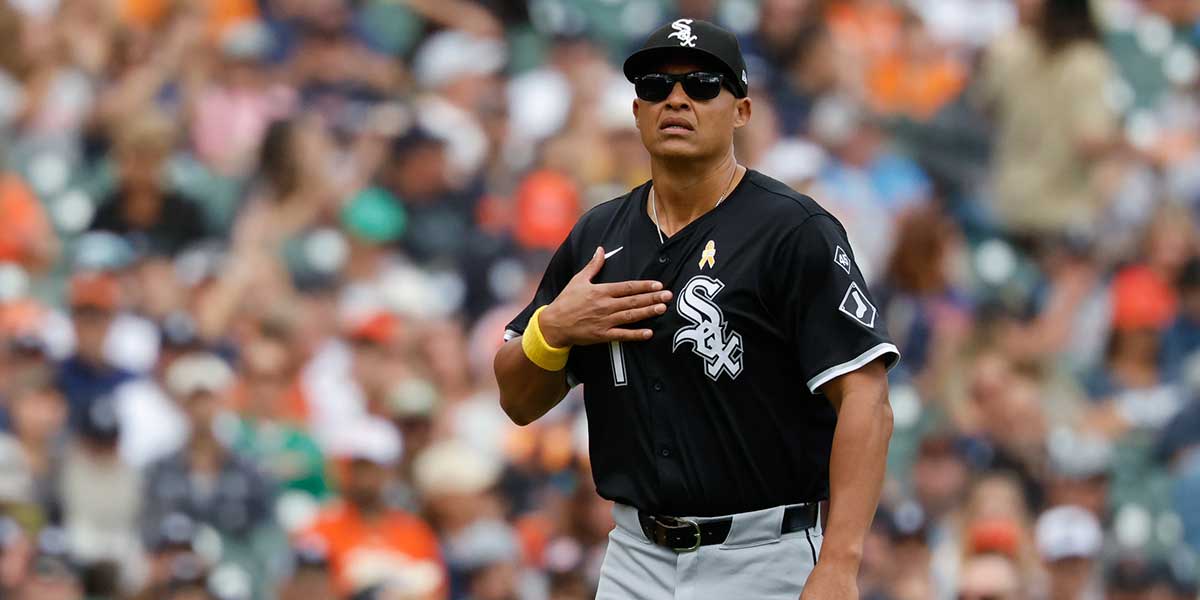The Boston Red Sox, after missing out on high-profile free agents like Juan Soto and Max Fried, made a bold move by trading for left-hander Garrett Crochet from the Chicago White Sox. While acquiring a frontline starter fills a glaring need, the price the Red Sox paid—a package headlined by top prospects Kyle Teel and Braden Montgomery—leaves room for debate. Here, we grade the trade from both perspectives: the Red Sox and the White Sox.
Red Sox get their ace after missing out on big-name free agents
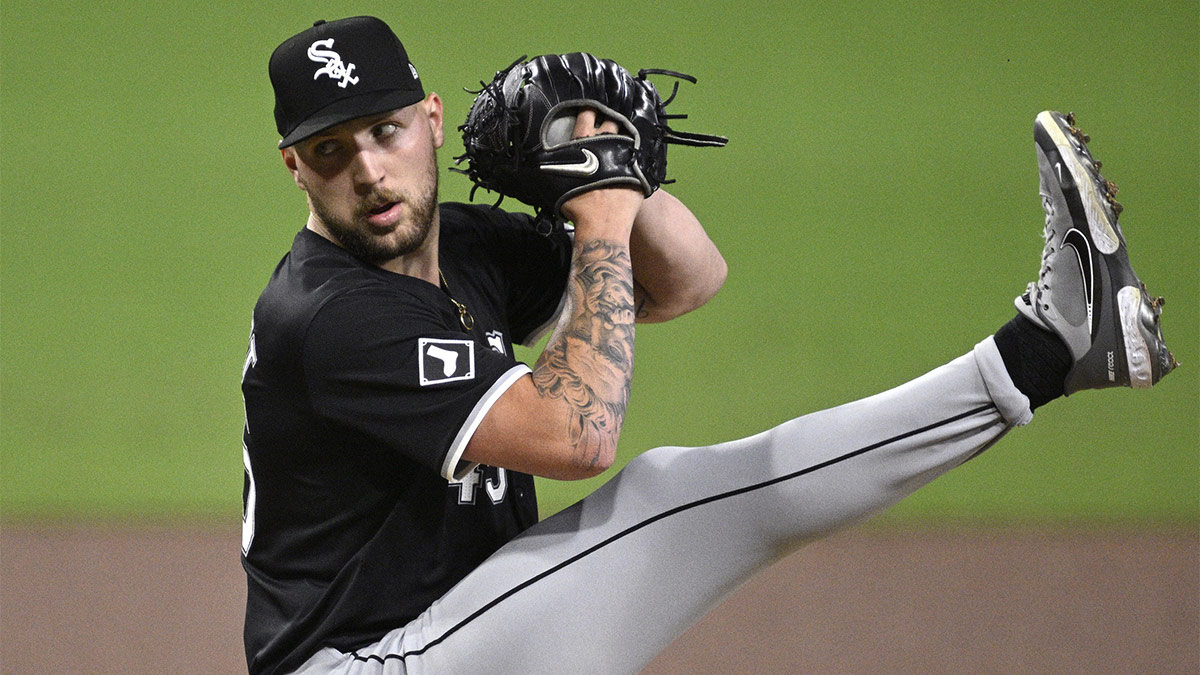
For the Red Sox, this trade represents a high-risk, high-reward gamble. Crochet has the potential to anchor Boston’s rotation and lead the team back to contention, but the price paid—and the uncertainty surrounding his long-term future—casts a shadow over the deal.
Meanwhile, the White Sox emerge as clear winners in this exchange. By securing a package headlined by Teel and Montgomery, they’ve bolstered their farm system significantly while avoiding the risk of Crochet leaving in free agency.
Ultimately, this trade reflects the differing priorities of both franchises. Boston’s urgency to win now contrasts sharply with Chicago’s focus on building for the future. While it may take years to evaluate this deal fully, the early returns suggest that the White Sox got the better end of the bargain.
Red Sox trade grade: C+
The Red Sox entered the offseason with a desperate need for an ace. Their failure to land Soto and Fried left the front office scrambling for an impactful addition to avoid another disappointing season. Garrett Crochet, a 25-year-old southpaw with electric stuff, checks many boxes. Last season, he transitioned from the bullpen to the rotation and thrived, posting a 3.58 ERA with 209 strikeouts in 146 innings. With a fastball sitting at 97 mph and a devastating slider, Crochet brings immediate credibility to a rotation that has lacked a true No. 1 starter.
From a financial perspective, Crochet’s arbitration status makes him a cost-effective addition. Projected to earn around $3 million in 2025, he is under team control through 2026. This provides Boston with some payroll flexibility to address other areas of need.
However, the cost to acquire Crochet was steep. Catching prospect Kyle Teel, ranked 25th on MLB's Top 100 list, is seen as MLB-ready and could soon make an impact for the White Sox. Braden Montgomery, a switch-hitting outfielder with power and strong arm strength, is another significant piece, ranked 54th overall. Adding infielder Chase Meidroth and right-hander Wikelman Gonzalez rounds out a package that strips Boston of depth in its farm system.
The success of this trade hinges on Boston’s ability to sign Crochet to a long-term extension. If the left-hander reaches free agency after 2026 without a deal in place, the Red Sox risk losing one of their best assets in recent memory. Additionally, Crochet’s injury history, including Tommy John surgery in 2022, raises durability concerns, especially as he takes on a full starter’s workload.
While Crochet undeniably strengthens the rotation, the Red Sox’s gamble on his potential and health, coupled with the loss of high-ceiling prospects, makes this trade a risky bet.
White Sox trade grade: B+
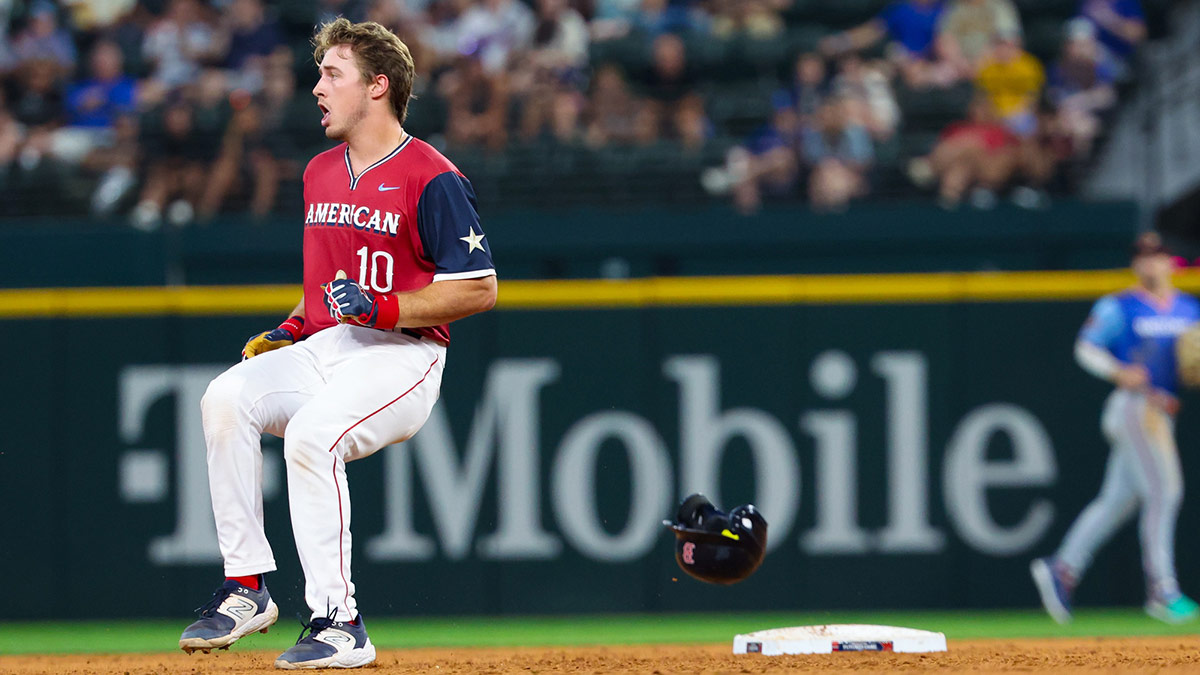
For the White Sox, the decision to part ways with Crochet was not made lightly. The lefty was one of the few bright spots in a challenging 2024 season. However, with Crochet’s free agency looming in 2026 and a rebuild underway, the White Sox opted to cash in on his value now rather than risk losing him for less later.
The centerpiece of the return, Kyle Teel, gives Chicago a premium prospect at a position of need. Teel’s combination of defensive prowess and offensive potential makes him one of the best young catchers in baseball. Pairing him with fellow prospect Edgar Quero gives the White Sox an enviable duo behind the plate.
Braden Montgomery adds further upside to Chicago’s farm system. The 21-year-old outfielder brings power from both sides of the plate and elite arm strength, projecting as a potential middle-of-the-order bat. While infielder Chase Meidroth lacks standout power, his plate discipline and versatility make him a valuable depth piece. Right-hander Wikelman Gonzalez, with a mid-90s fastball and a four-pitch mix, provides additional upside for a team in need of young pitching.
This trade also gives the White Sox financial flexibility. By moving Crochet, the White Sox free up around $3 million in payroll, which can be reinvested in other areas. While Crochet’s talent is undeniable, the White Sox capitalized on a desperate Red Sox team, extracting a package that accelerates their rebuild without depleting their MLB roster.








